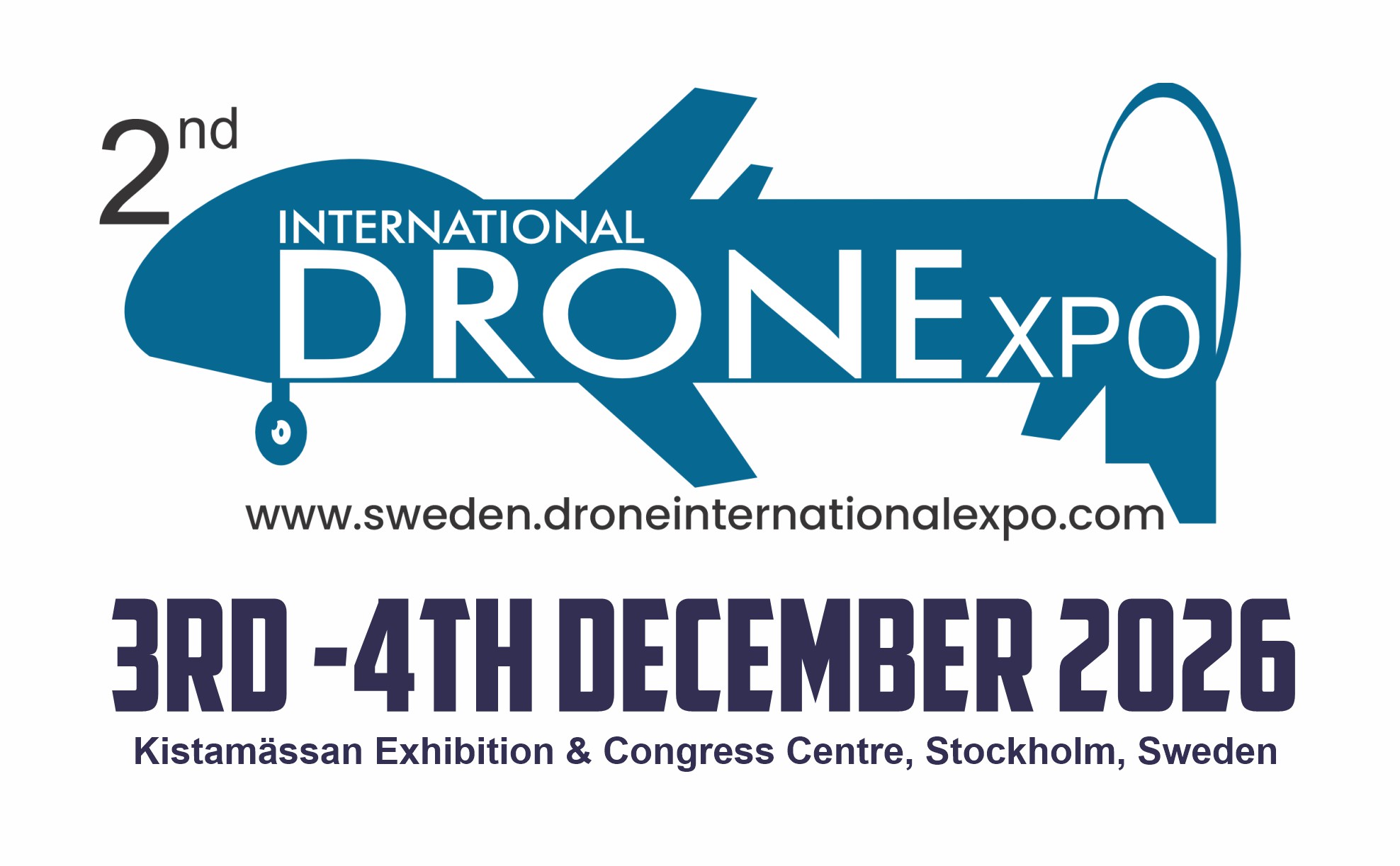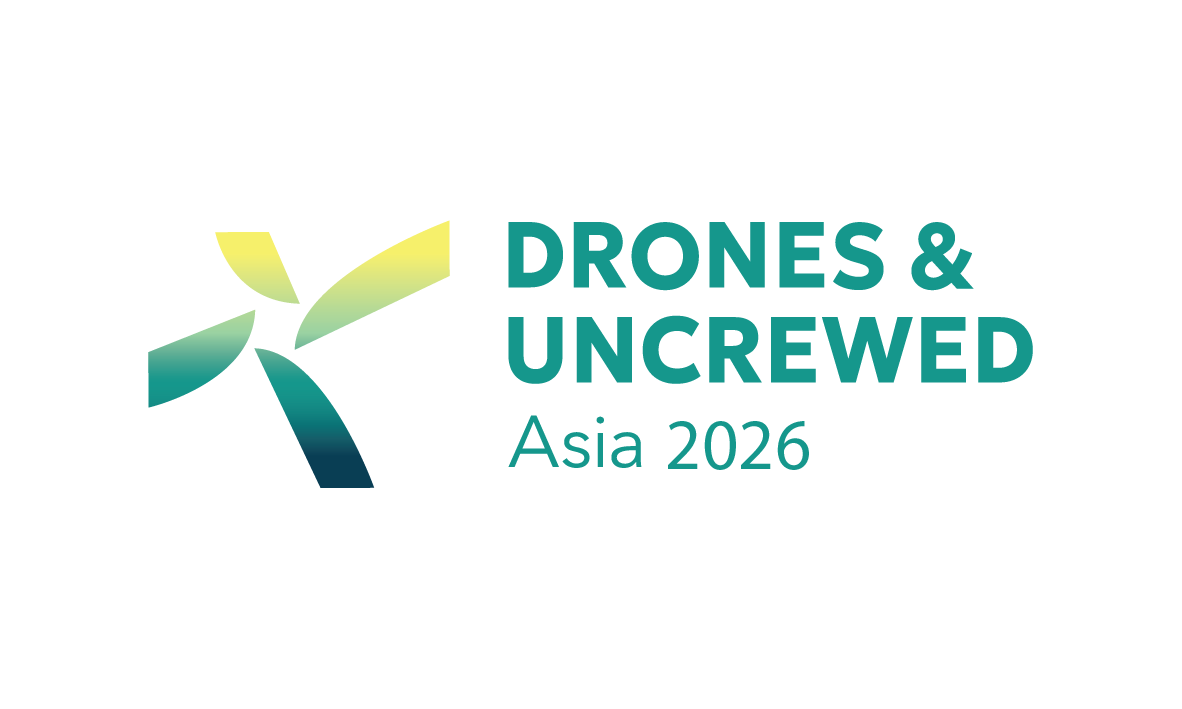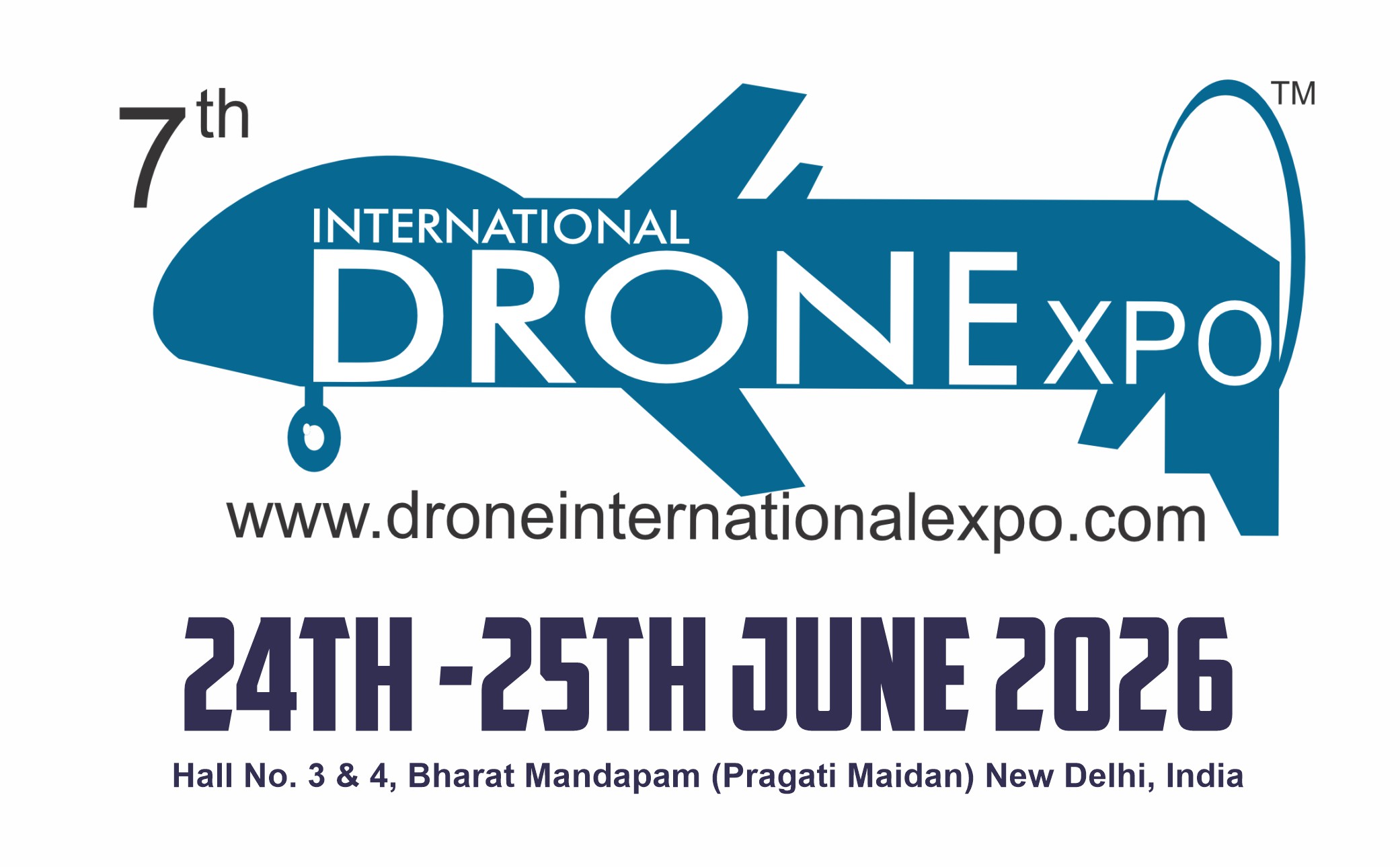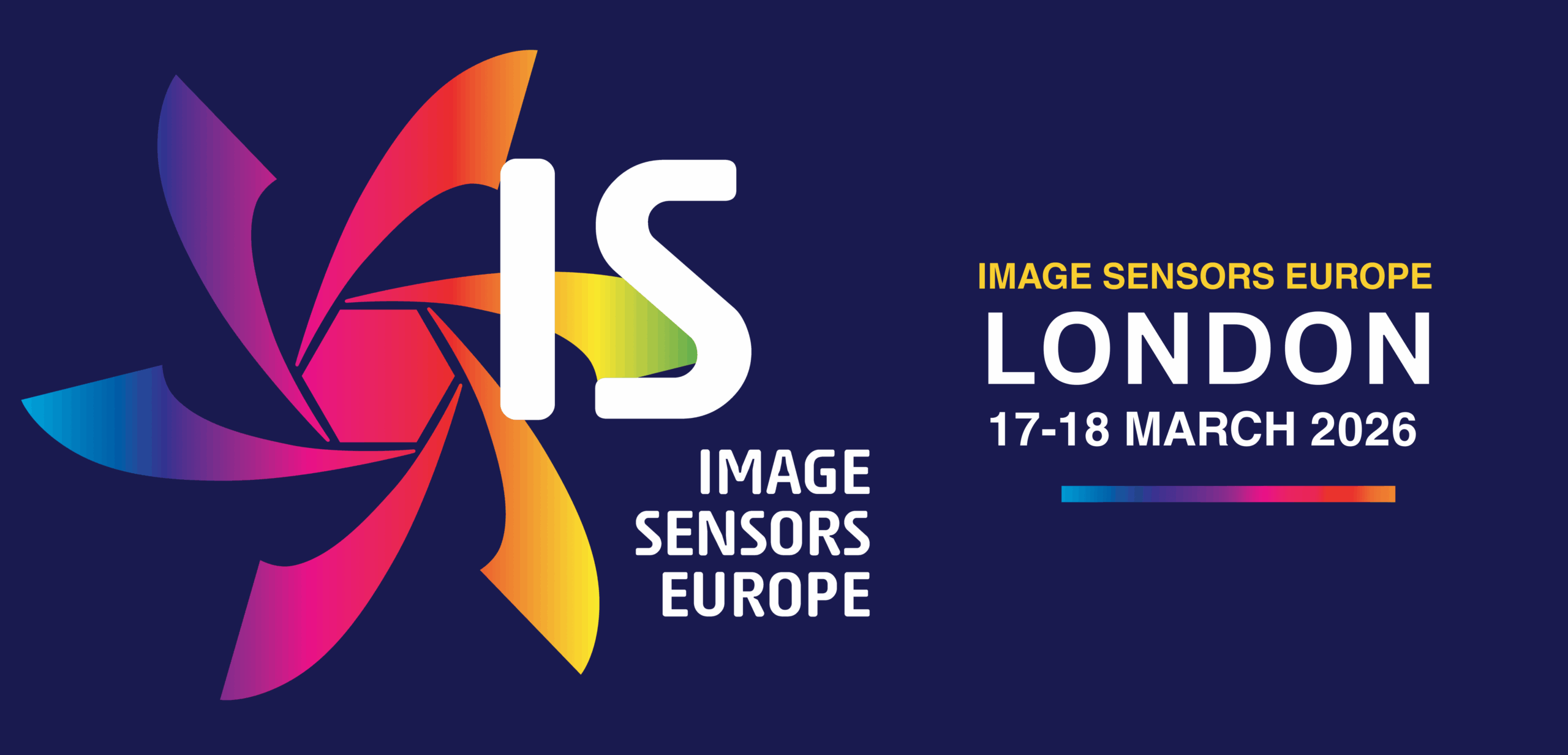Adaptive AI algorithm tackles strong winds
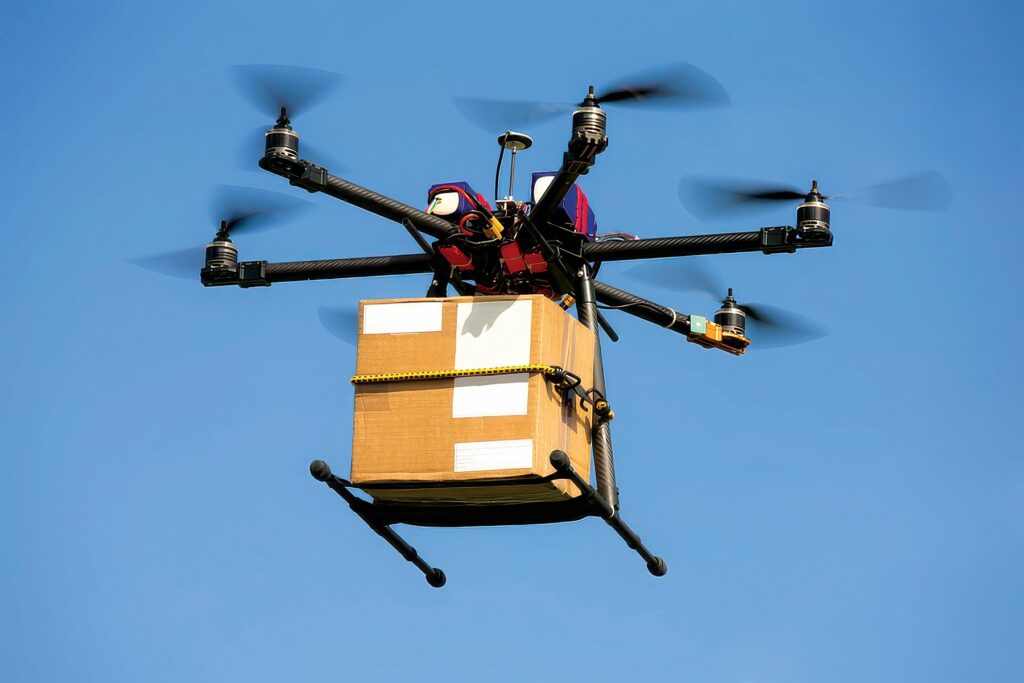
(Image courtesy of MIT)
Researchers at MIT in the US have developed an adaptive control algorithm to help UAVs steer in gusty conditions, writes Nick Flaherty.
The control algorithm autonomously minimises deviations from the intended trajectory in the face of unpredictable forces such as gusty winds. The model learns all it needs to know from a small amount of observational data collected from 15 minutes of flight time.
A key aspect is that the technique automatically determines the optimisation algorithm it should use to adapt to the disturbances, which improves tracking performance. It chooses the algorithm that best suits the geometry of the specific disturbance the UAV is facing.
The researchers trained the control system to do both these functions simultaneously using a technique called meta-learning, which teaches the system how to adapt to different types of disturbances.
The result is a 50% lower trajectory tracking error than that of baseline methods in simulations, and better performance with new wind speeds that were not apparent during training.
In the future, this adaptive control system could help autonomous drones deliver heavy parcels more efficiently, despite strong winds, or monitor fire-prone areas of a national park.
“The concurrent learning of these components is what gives our method its strength. By leveraging meta-learning, our controller can automatically make choices that will be best for quick adaptation,” said researcher Navid Azizan, assistant professor in the MIT Department of Mechanical Engineering and the Institute for Data, Systems, and Society (IDSS).
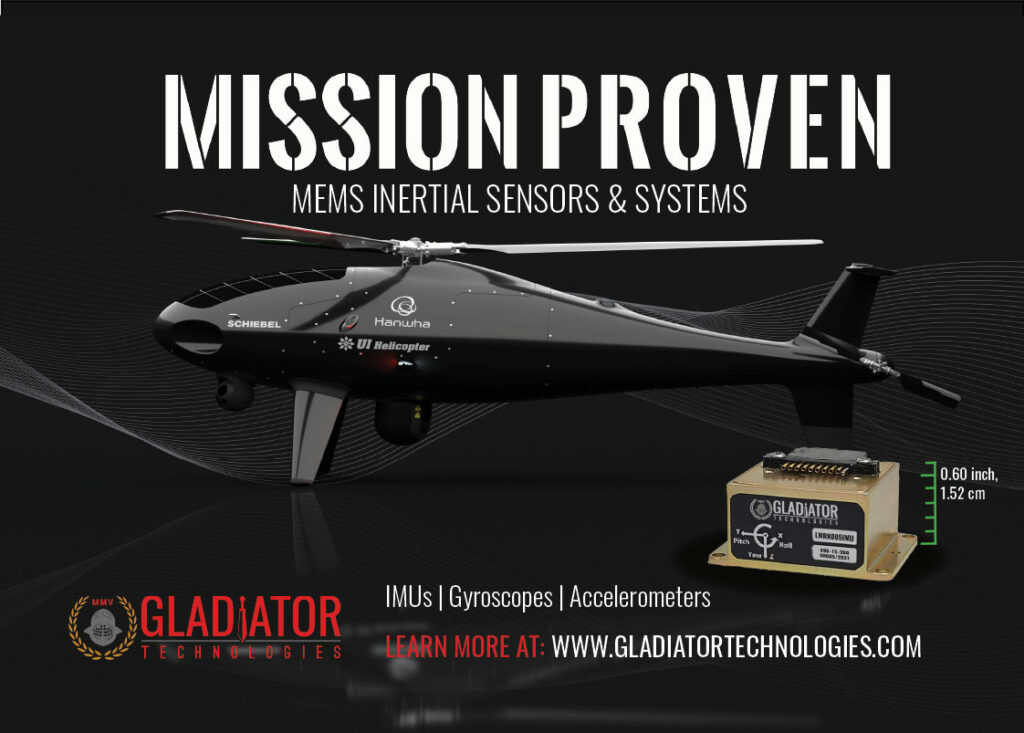
Many control systems use an adaptation method based on a popular optimisation algorithm – gradient descent – to determine how to keep the craft as close as possible to its target trajectory during flight. However, gradient descent is only one algorithm within a larger family of algorithms known as mirror descent.
“Mirror descent is a general family of algorithms, and for any given problem, one of these algorithms can be more suitable than others. The name of the game is how to choose the particular algorithm that is right for your problem. In our method, we automate this choice,” said Azizan.
In the MIT IDSS control system, the researchers replaced the function that contains some structure of potential disturbances with a neural network model that learns to approximate the disturbances from data.
While the UAV may encounter winds that change every mission, the controller’s neural network and chosen mirror function should stay the same so that they don’t need to be recomputed each time. The meta-learning allows it to adapt by showing it a range of wind speed families during training.
The control system continuously recalculates the target trajectory in real time, ensuring that the craft accommodates the uncertain disturbance it encounters.
In both simulations and real-world experiments, the approach led to significantly lower trajectory tracking error than that of baseline approaches with every wind speed tested. The margin by which the method outperformed the baselines grew as the wind speed intensified.
They also want to extend their method so that it can handle disturbances from multiple sources at once. For instance, changing wind speeds could cause the weight of a parcel being carried by the drone to shift in flight, especially when the drone is carrying sloshing payloads.
UPCOMING EVENTS


